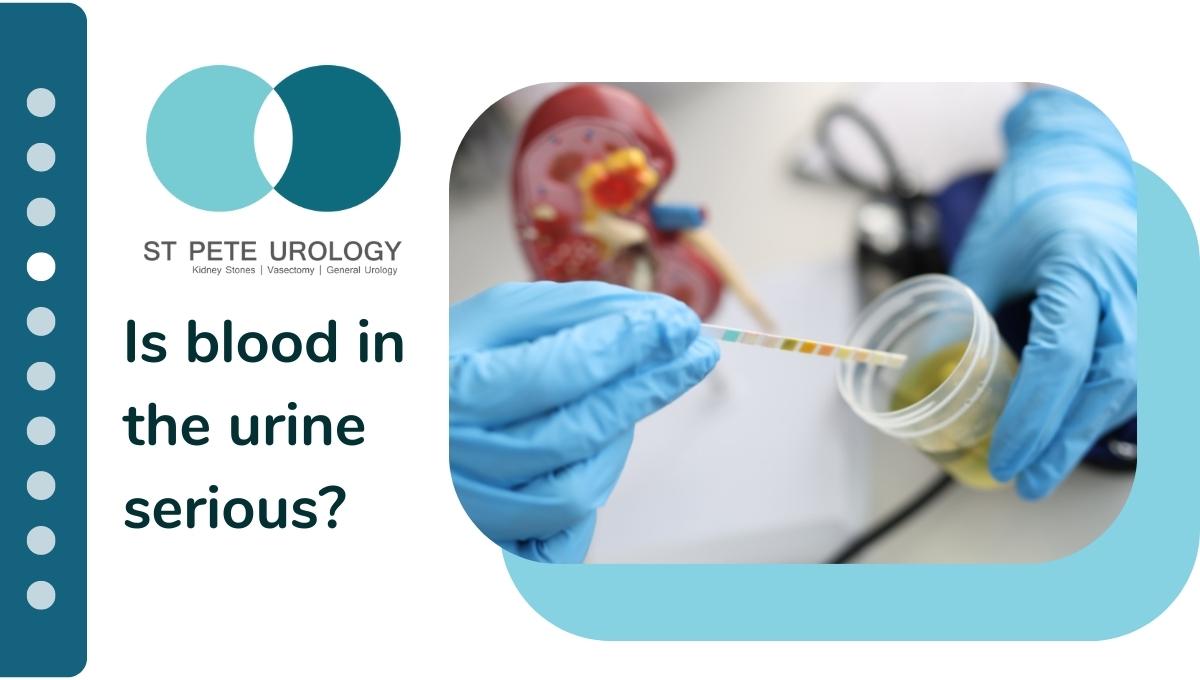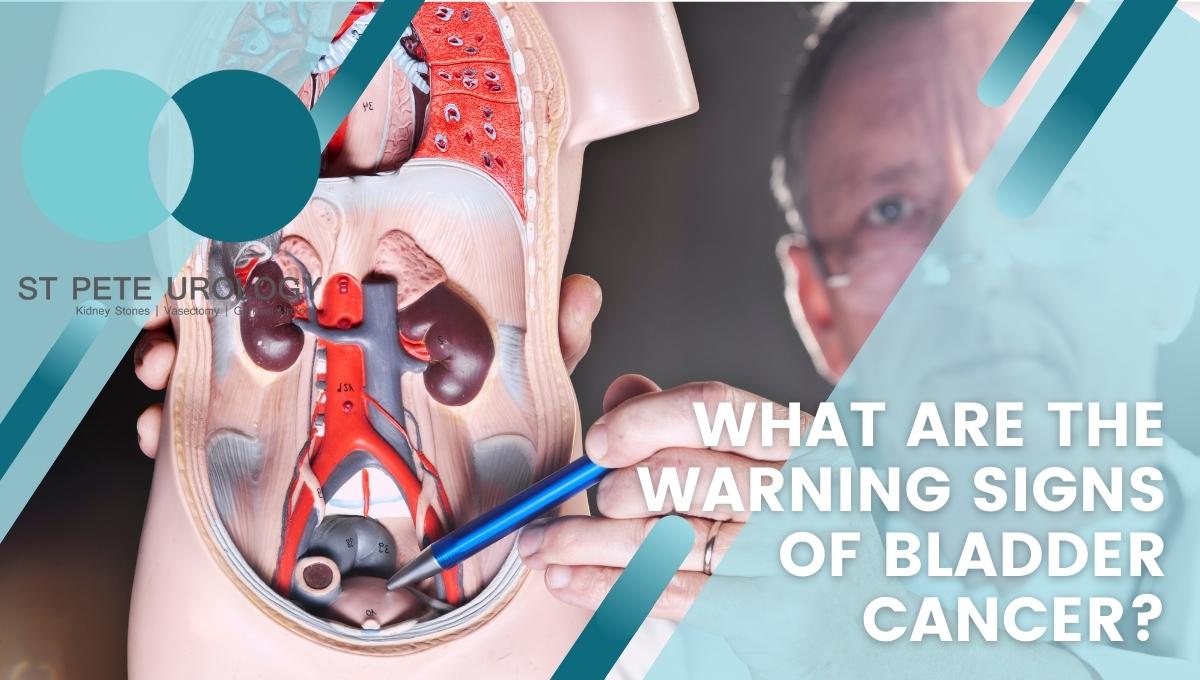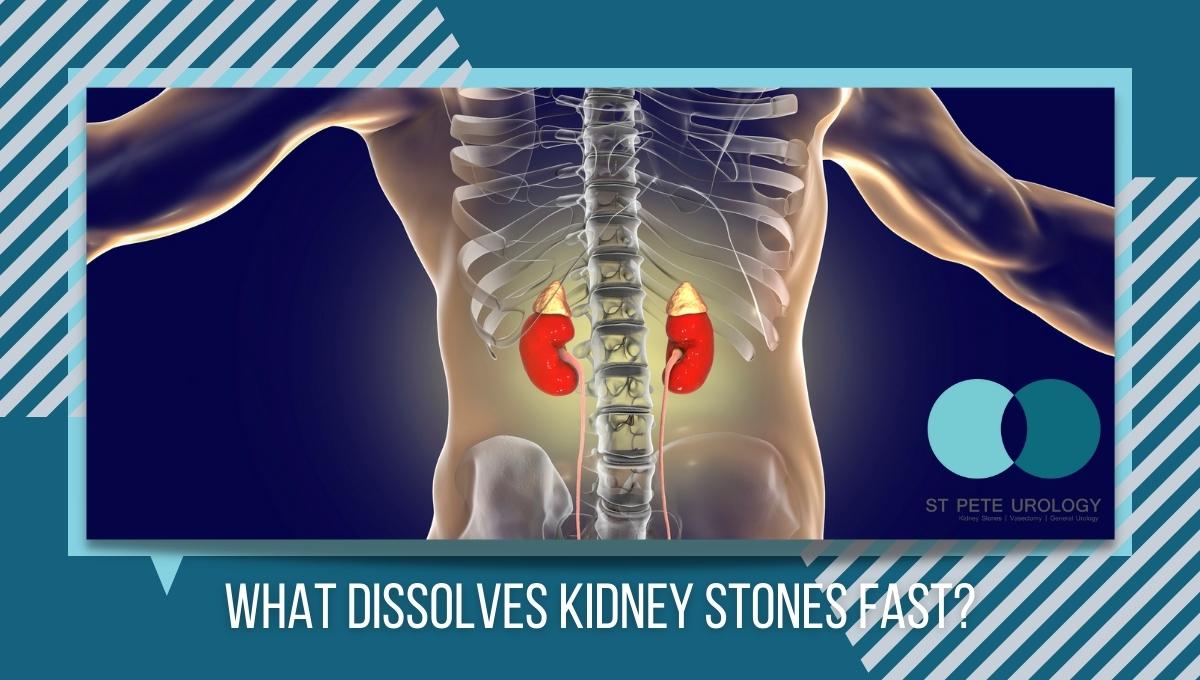 Blood in the urine, medically referred to as hematuria, should always be taken seriously because any blood in urine can indicate an elevated risk of severe health problems even if it occurs once.
Blood in the urine, medically referred to as hematuria, should always be taken seriously because any blood in urine can indicate an elevated risk of severe health problems even if it occurs once.
For instance, it can indicate an infection, kidney disease, cancer or a rare blood disorder. So if you see blood in your urine, no matter how minor, you should never ignore it and immediately see a urologist.
What are the different types of hematuria?
Blood in the urine can occur in two ways. It can present itself as gross hematuria or as microscopic hematuria. Gross hematuria means that your urine has significant elevation of blood and its color appears red or pink. Or your urine has spots of visible blood.
Microscopic hematuria means the amount of blood in your urine is so small that it can’t be seen with the naked eye. So your urine is not red or pink in color but a lab test can detect the blood or blood cells in the urine can be detected when a sample of the urine is examined under a microscope.
What are the causes of hematuria?
- Urinary tract infection
A bacterial infection somewhere in your urinary tract, kidneys or bladder can cause hematuria. An infection occurs when bacteria enters your urethra and moves and multiplies in the bladder or kidneys. The infection may result in pain, frequent urination, and bleeding that can eventually lead to gross or microscopic hematuria.
- Stones
Stones are crystals that form from minerals and other substances in your urine, especially when they are at high concentration. The stones form in the bladder or kidney and may lead to pain and bleeding as the stones pass through the urinary tract. Larger stones typically block the urinary tract and cause significant pain and hematuria.
- An enlarged prostate
For men who are middle-aged and older, the prostate gland tends to get bigger, compress the urethra, make it difficult to urinate, and may result in urinary tract infection (UTI). When an enlarged prostate causes UTI, blood in urine is often one of the symptoms of the infection.
- Kidney disease
When a kidney is inflamed, infected or damaged, bleeding may occur, resulting in blood in urine. Kidney disease can occur on its own or as part of another disease, like diabetes.
For instance, in children aged 6-10 years, the kidney disease known as post-streptococcal glomerulonephritis, which tends to develop 1-2 weeks after untreated strep infection, usually causes hematuria. It is nowadays quite rare because antibiotics effectively treat strep infections.
- Cancer
Blood in urine can be due to bladder, prostate, or kidney cancer, typically as a symptom of advanced-stage tumor. Because blood in urine is rarely an early sign of cancer, you should see your doctor immediately to rule out the possibility of cancer.
- Medications and rare conditions
Hematuria can be caused by drugs like aspirin, penicillin, blood thinners (like heparin and warfarin), and cyclophosphamide (a drug used to treat certain cancers). Rare blood disorders like hemophilia, Alport syndrome, and sickle cell anemia also cause hematuria.
Plus, you can have blood in your urine after strenuous exercise, a trauma to the kidneys, or if blood is coming from a different source, such as from bowel movement, the vagina in women, or the ejaculate in men.
When should you seek medical attention?
Blood in urine may be a sign of a grave underlying condition, so you should speak with your doctor as soon as possible. You must never ignore hematuria, even if only a small amount of blood occurs in the urine.
Visit your doctor immediately if you see blood clots as you urinate or if you have hematuria along with nausea, vomiting, fever, chills, or pain in your abdomen, back or side.
Also, speak with your doctor if you don’t see blood in urine but experience frequent pain, difficulty urinating, or have abdominal or kidney pain, as these could indicate microscopic hematuria.
During your visit, your doctor will ask you about when and the amount of blood you see during urination. The physician will also want to know how frequently you urinate, any pain or blood clots in the urine, and any medications you’re taking.
The doctor will then perform a physical exam, obtain a sample of your urine for analysis, and may order imaging tests, like CT scan or cystoscopy.
The treatment offered after the tests will depend on the underlying cause of the hematuria. For instance, if it is due to urinary tract infection, your doctor will prescribe antibiotics.
For hematuria caused by an enlarged prostate, your doctor may prescribe 5-alpha reductase inhibitors, alpha blockers, or surgery.
Do you have blood in urine?
For more information on the diagnosis and treatment of urological problems, visit the site “St Pete Urology.”





 Early diagnosis of bladder cancer is crucial for successful treatment. Unfortunately, there is no specific test available for screening asymptomatic people for the disease. So diagnosis of the cancer primarily relies on the presence of symptoms.
Early diagnosis of bladder cancer is crucial for successful treatment. Unfortunately, there is no specific test available for screening asymptomatic people for the disease. So diagnosis of the cancer primarily relies on the presence of symptoms. 
 Because the bladder holds urine produced by the kidneys, the warning signs of bladder cancer usually relate to urination. Urine is made in the kidneys and moves down the ureters to the bladder, which then stores the urine to allow for an infrequent, controlled urination.
Because the bladder holds urine produced by the kidneys, the warning signs of bladder cancer usually relate to urination. Urine is made in the kidneys and moves down the ureters to the bladder, which then stores the urine to allow for an infrequent, controlled urination.
 Tonight we’re going to talk about bowel and bladder control primarily, so
Tonight we’re going to talk about bowel and bladder control primarily, so 
 With
With 
 You are experiencing some terrifying symptoms.
You are experiencing some terrifying symptoms.
 Urine is your body’s liquid waste. A larger part of it is water, but it also contains salts, urea, uric acid, and other chemicals. The contents of urine indicate how healthy your body is and an analysis of your urine sample can help your doctor to figure out if you’re healthy or not.
Urine is your body’s liquid waste. A larger part of it is water, but it also contains salts, urea, uric acid, and other chemicals. The contents of urine indicate how healthy your body is and an analysis of your urine sample can help your doctor to figure out if you’re healthy or not.
 You’re suddenly in an excruciating pain. You have a sharp, cramping pain in your back and side that comes in waves. And the overwhelming feeling moves to your lower abdomen or groin, and hurts badly.
You’re suddenly in an excruciating pain. You have a sharp, cramping pain in your back and side that comes in waves. And the overwhelming feeling moves to your lower abdomen or groin, and hurts badly.
 Have you and your partner been experiencing challenges conceiving a child ? There are many potential reasons for this but one obvious is basic health issues connected with fertility
Have you and your partner been experiencing challenges conceiving a child ? There are many potential reasons for this but one obvious is basic health issues connected with fertility